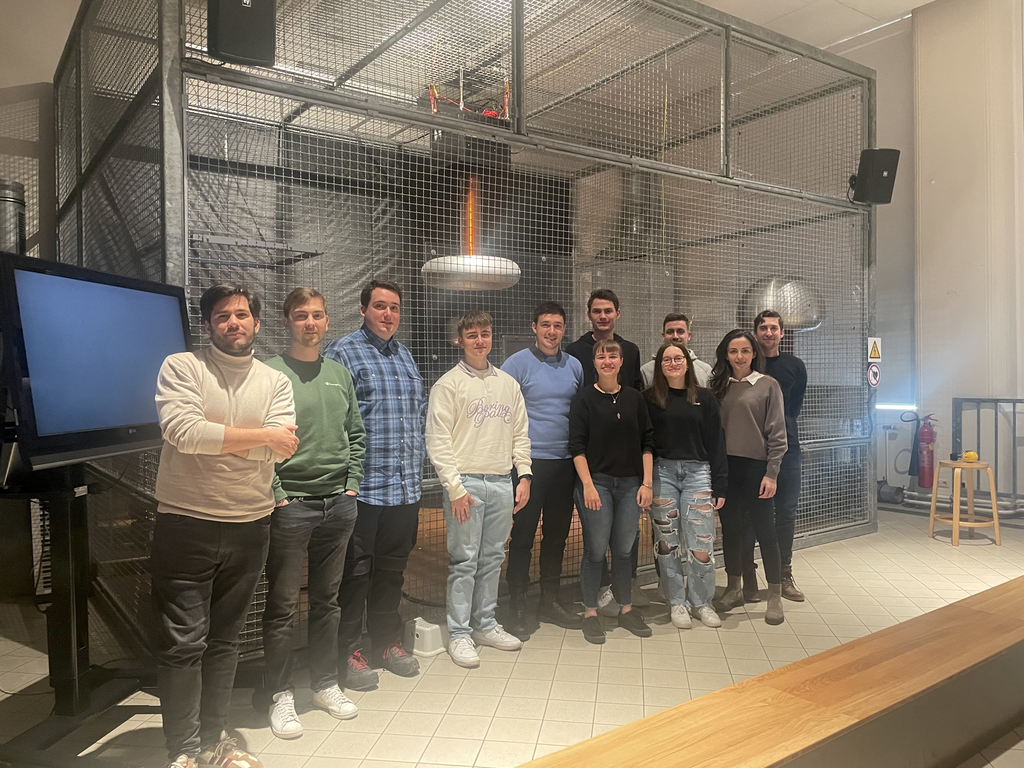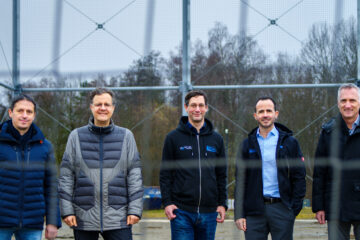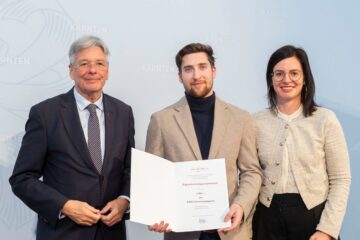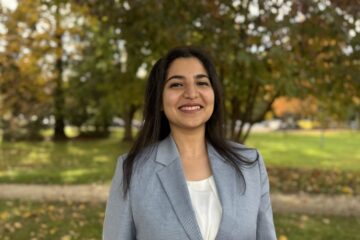
Anyone who believes that students of the technical sciences spend all their time in lecture halls and laboratories is taught otherwise at the University of Klagenfurt. Christian Bettstetter, Udo Schilcher and Melisa Midžan recently organised a trip to the Museum of Technology Vienna for the students in their course “Principles of Physics: Electricity and Magnetism“.
The course, previously aimed primarily at students enrolled in the Bachelor’s degree programme in Information and Communications Engineering and now offered additionally to students pursuing the Bachelor’s degree programme in Robotics & Artificial Intelligence, explores the principles of physics and electrical engineering. Sample questions include: How fast does electrical current flow in a wire? How does a battery work? Why is the Earth’s magnetic north pole in the south? What happens when you break a magnet in two? How do you generate electricity with a magnet? How does an MRI work in medical diagnostics? How are radio waves generated in a mobile phone? How big does a solar array need to be in order to generate enough electricity to power a city?
During their visit to the Technical Museum in Vienna, the students were able to see in action what they had previously studied in theory:High voltage demonstrations with Tesla coils, lightning discharges, Van der Graaf generations and various power plants. The students were accompanied by teaching assistant and instructor on the practical course Melisa Midžan. Financial support was provided by the Institute for Networked and Embedded Systems, the company Sensolligent, and the Friends of the Faculty of Engineering at the University of Klagenfurt.




